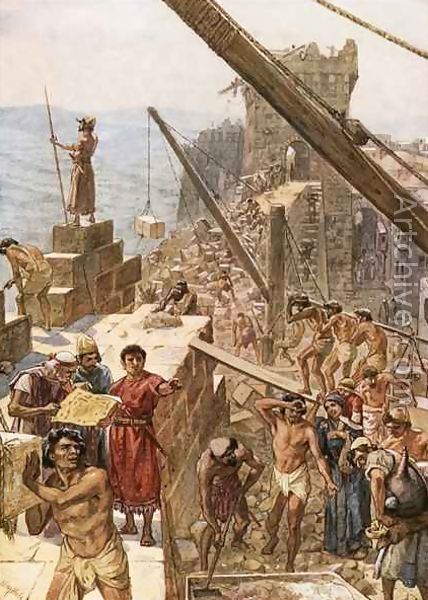Laziness is common among historians. When they find a continuous account of events for a certain period in an ‘ancient’ source, one that is not necessarily contemporaneous with the events , they readily adopt it. They limit their work to paraphrasing the source, or, if needed, to rationalisation. — Liverani, Myth and politics in ancient Near Eastern historiography, p.28.
There has been a very strong tendency to take the Biblical writing at its face value and a disinclination to entertain a hermeneutic of suspicion such as is a prerequisite for serious historical investigation. It is shocking to see how the narrative of the Nehemiah Memoir has in fact been lazily adopted as a historiographical structure in the writing of modern scholars, and how rarely the question of the probability of the statements of the Nehemiah Memoir have been raised. (Clines, What Does Eve Do to Help, p. 164)
This post concludes the series addressing the necessity of literary criticism preceding historical inquiry — and how literary criticism itself can answer questions before the historical investigation even begins. See the Nehemiah or Clines archive for the rest of the series.)
Literary criticism: to be set aside or used as a primary tool?

One finds this confusion between the functions of literary and historical criticisms epitomized by NT biblical historian, James McGrath, when he writes:
The historian is interested in getting back behind the text as a means of gaining access to events that supposedly happened earlier. A literary approach . . . reads the text at face value, and may tell us what a particular author appears to have been concerned to emphasize. . . . A literary approach enables one to grasp the meaning of the story on the level of the text itself. A historical approach digs through and seeks to get behind the text to see what if anything can be determined about the actual historical events. (McGrath, The Burial of Jesus: History & Faith, pp. 56-57)
David Clines, on the contrary, does not accept that any such neat divide can be made between a literary and historical approach to documents. He argues that historical questions can sometimes be answered by literary criticism itself:
It is indeed usual for practitioners of biblical literary criticism to insist that the literary must precede the historical, that we must understand the nature of our texts as literary works before we attempt to use them for historical reconstruction. . . . But [in the case study of Nehemiah] the literary and historical have been so closely bound up, historical questions being raised — and sometimes answered — in the very process of asking the literary questions. (From David J. A. Clines, What Does Eve Do to Help? 1990. p. 163)

